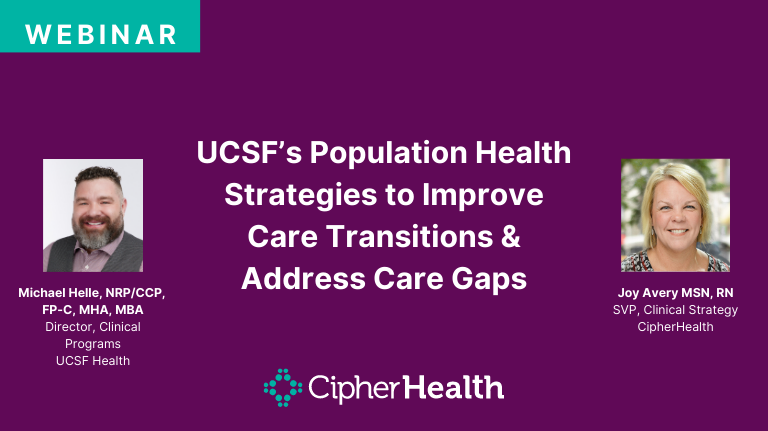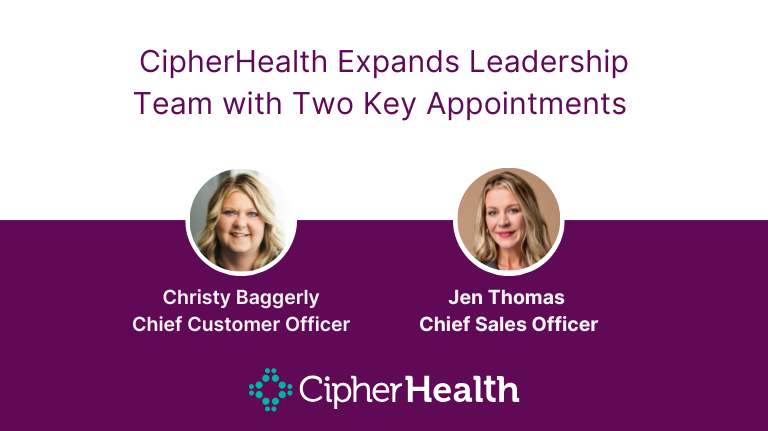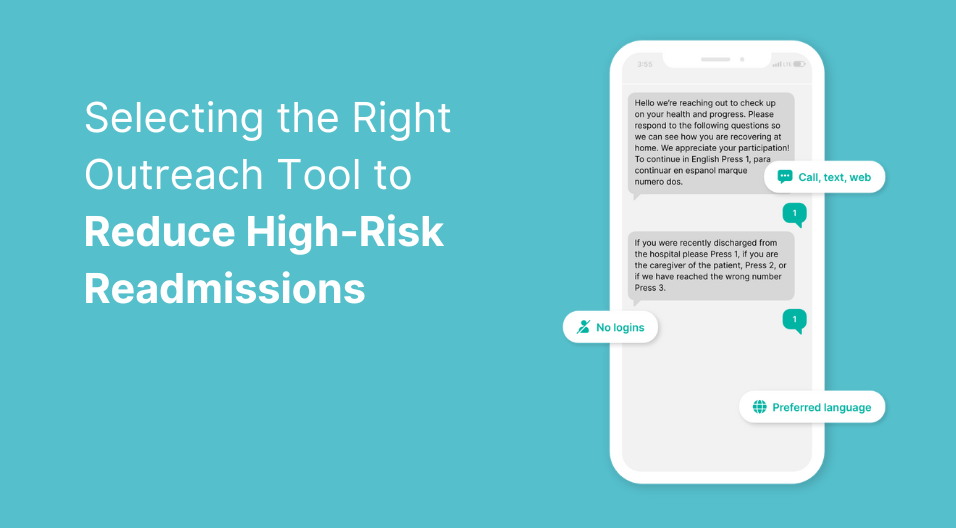High-risk readmissions remain one of the most pressing challenges in healthcare. These patients often face a combination of medical complexity and social risk factors that increase their likelihood of returning to the hospital within 30 days. On average, readmission rates hover around 15%, costing systems millions annually.
With CMS poised to expand financial penalties under the Hospital Readmissions Reduction Program (HRRP) and implement new episode-based payment models like Transforming Episode Accountability Mode (TEAM), the need for effective, proactive follow-up is more urgent than ever.
These changes demand that providers go beyond documentation and deploy patient-centered strategies that actually prevent readmissions. To do this, the right automated outreach—offering timely follow-up, condition-specific scripting and real-time issue escalation—is needed.
Here’s what to look for when selecting an outreach tool.
Key Capabilities for Effective Post-Discharge Outreach
To meaningfully support high-risk patients post-discharge, an outreach platform should go beyond basic messaging. Look for capabilities that reflect the clinical and operational needs of your team:
- Early identification of issues: Automated check-ins and customizable protocols surface potential problems before they escalate.
- Historical context: Ensure clinicians can see prior patient responses and communication history to support coordinated care.
- Patient-level personalization: Outreach must be tailored to each patient’s condition, language, risk factors and communication preferences.
- Reliable workflows for clinicians: A streamlined, standardized process ensures timely follow-up and reduces manual burden.
- Minimal IT lift: Choose a system that integrates easily with your EHR and can be deployed quickly without heavy IT resources.
- Data-driven insights with an SDOH lens: Use reporting to track engagement, flag disparities and continuously optimize outreach.
Limitations of EHRs in Preventing Readmissions
Electronic health records (EHRs) are essential for managing clinical data and documenting care, but they weren’t built to deliver high-touch, post-discharge communication—especially the kind of timely, personalized communication high-risk patients need after discharge.
Most EHR systems offer limited outreach capabilities. They lack the agility to support multi-channel communication, tailor messaging by condition or risk or trigger real-time escalations when patient issues arise. That makes it difficult for care teams to close gaps, respond quickly or build trust through proactive follow-up.
To meet today’s standards, providers need an outreach platform built specifically to engage patients at scale. That’s where a dedicated outreach platform comes in.
In Practice: Middlesex Hospital
Middlesex Hospital, a 300-bed community hospital in Connecticut, implemented CipherOutreach for post-discharge follow-up across inpatient, CHF and COPD cohorts.
By automating outreach and tailoring scripts to each group, the hospital identified and addressed key barriers to recovery, like misunderstanding discharge instructions or difficulty securing transportation to follow-up appointments.
- 120 readmissions prevented over two years
- 72.9% patient engagement rate with follow-up calls
- 3.4% drop in CHF readmissions among engaged patients
- 9.9% drop in COPD readmissions among engaged patients
These results translated into better outcomes for patients, lower costs and less strain on clinical teams.
Bottom-Line Benefits of Reducing High-Risk Readmissions
Lowering readmission rates brings measurable value to health systems:
- Avoid financial penalties: CMS is increasing penalties for high readmission rates, making effective outreach essential.
- Free up hospital capacity: Preventing avoidable readmissions reduces strain on beds, emergency departments and staff.
- Boost patient satisfaction and loyalty: Patients who feel supported post-discharge are more likely to rate their care highly and return to the same provider.
- Strengthen value-based care performance: Better outcomes can support hospital ratings, accreditations and value-based contracts.
- Make smarter staffing decisions: Identifying high-risk patients allows organizations to focus resources where they’re needed most.
As CMS introduces new payment models and increases financial penalties, the organizations best positioned for success will be those that proactively engage their high-risk patients. CipherHealth gives you the tools to do just that—without adding burden to your clinical or IT teams.
Explore our latest blogs to learn more about how CipherHealth’s digital rounding and outreach tools reduce readmissions and improve patient care at scale.








